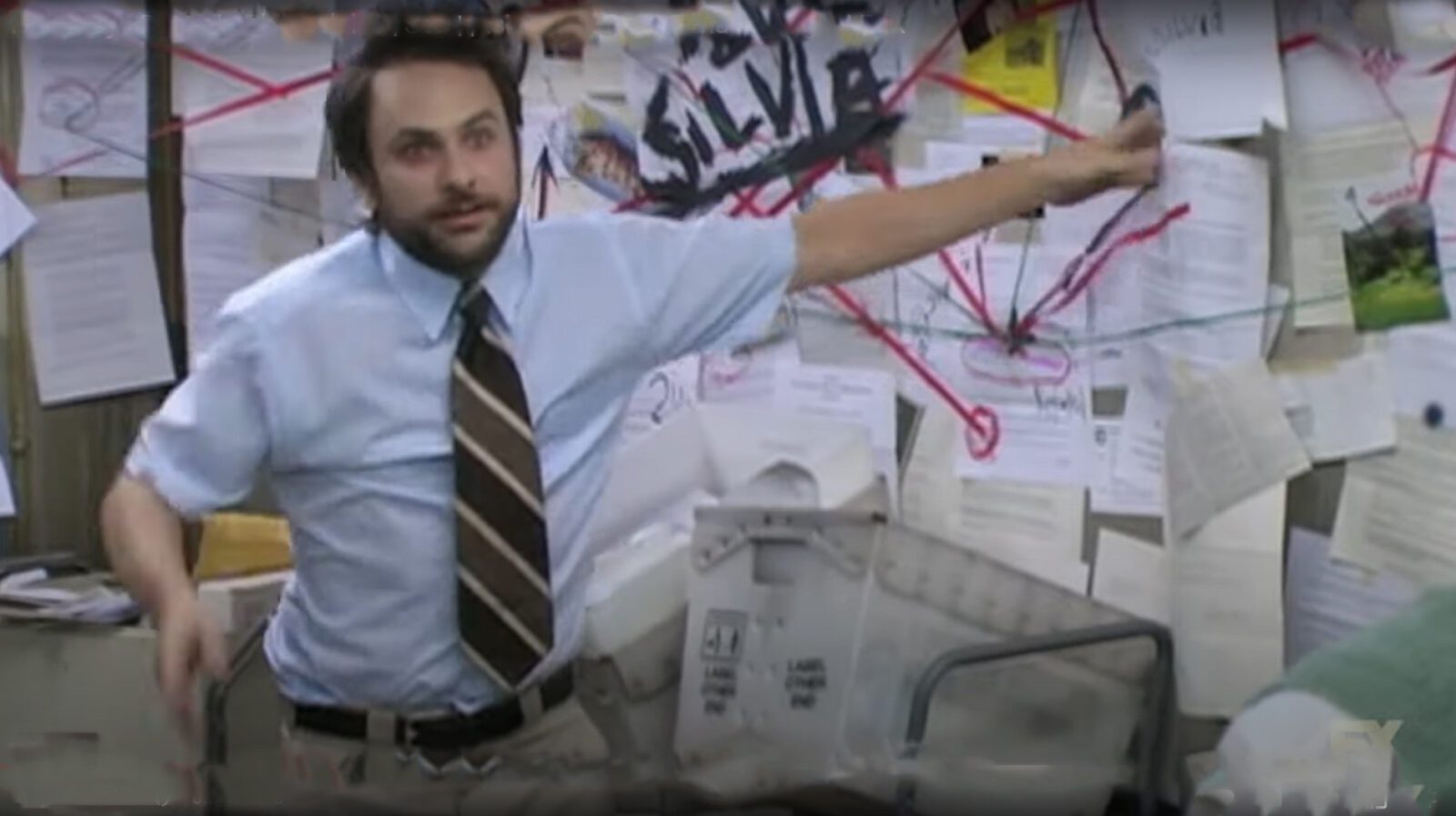
Trade shows are a unique cocktail of strategy, logistics, adrenaline — and occasionally, chaos. For project and exhibit managers, being the calm in the storm isn’t optional — it’s the job.
From missing crates and malfunctioning tech to unexpected no-shows, this edition of One Thing is about what to do when things don’t go according to plan. Because they won’t.
“There’s always a hiccup. Always,” says Shannon Dunne, Account Director at EDE. “You can’t prevent every crisis, but you can make sure you’re the calmest, most resourceful person on the floor.”
Common Trade Show Crises (and What to Do About Them)
1. Missing or Damaged Materials
You open your crates, and a key graphic is bent — or worse, missing entirely. Cue panic. But pause.
- Call your exhibit house immediately. They may have a local partner or spare components nearby.
- Have digital backups. If print is gone, use screens to sub in branding or messaging.
- Know who to ask. Friendly competitors can be lifesavers when you’re in a bind.
“’I need help’ are sometimes the most powerful words you can say,” Shannon says. “People want to help. And if you’ve built relationships, they will.”
2. Technical Failures

The touchscreen freezes. The looping video glitches. And of course, the product demo is next.
- Pre-test everything. Especially once the venue powers up the morning the show opens.
- Carry backups. Cables, power strips, thumb drives with key media—redundancy is your best friend.
- Have a human Plan B. When tech fails, a knowledgeable staffer can save the moment.
“Eighty percent of tech issues show up when the venue flips the power switch that morning,” Shannon notes. “That’s the moment to be watching every screen like a hawk.”
3. Staffing Emergencies
An important team member cancels last minute—or worse, gets sick on day one.
- Cross-train your team. Everyone should know the key brand stories and demos.
- Have a backup option. Even a trained floater or trusted partner can be a lifesaver.
- Use pre-recorded videos or digital content to support lean staffing.
- Host a staff walkthrough. Before the show opens, walk your staffers through the space and key talking points.
“Your staff didn’t spend the last six months studying renderings like you did,” Shannon reminds. “If you assume they know what’s where, you’re setting them up to stumble.”
4. Safety and Security Issues

Whether it’s a tripping hazard or a last-minute fire marshal inspection, safety problems often come fast and unannounced.
- Walk the attendee’s path. Check for cords under carpet, raised edges, or blocked exits.
- Secure valuables. Lockable storage is your friend.
- Have your emergency contacts handy. Know who to call, fast.
“One of the most common hazards? Cables under flooring,” Shannon says. “Walk it like an attendee. If you trip, so will they.”
Build Your Backstage Network

Trade shows can feel competitive, but behind the curtain, collaboration keeps the machine running. The people who help you out of a bind might be wearing another logo.
- Friendly competitors can be a lifeline. Need a cable, an extra stool, or a Sharpie? They’ve been there too.
- Vendors and I&D teams are your secret weapon. They often know where to get what you need — fast.
- Be someone worth helping. Start the goodwill early.
“A dozen donuts at the freight desk and a dozen for the electricians can solve a lot of problems before they even begin,” Shannon says. “Six bucks at Dunkin’ can save thousands of dollars.”
Don’t Forget Your Emergency Kit
From duct tape to antacids, your “oh-no” kit keeps small problems from becoming showstoppers. (We’ve got a full checklist below to make your prep easier.)
“The difference between stress and confidence on the floor is often just whether or not you packed scissors,” Shannon says with a laugh. “It’s not sexy—but it’s true.”
Download Your "Exhibit Manager's Essential Toolbox"
Because duct tape can’t fix everything (but it sure helps).
Final Thought
Trade show emergencies don’t make you a bad planner — they prove you’re a seasoned one. With the right prep, the right mindset, and the right people, you can turn a crisis into just another solved problem.
“You can’t stop things from going wrong. You can just make sure no one else notices.”
— Shannon Dunne, Account Director, EDE


